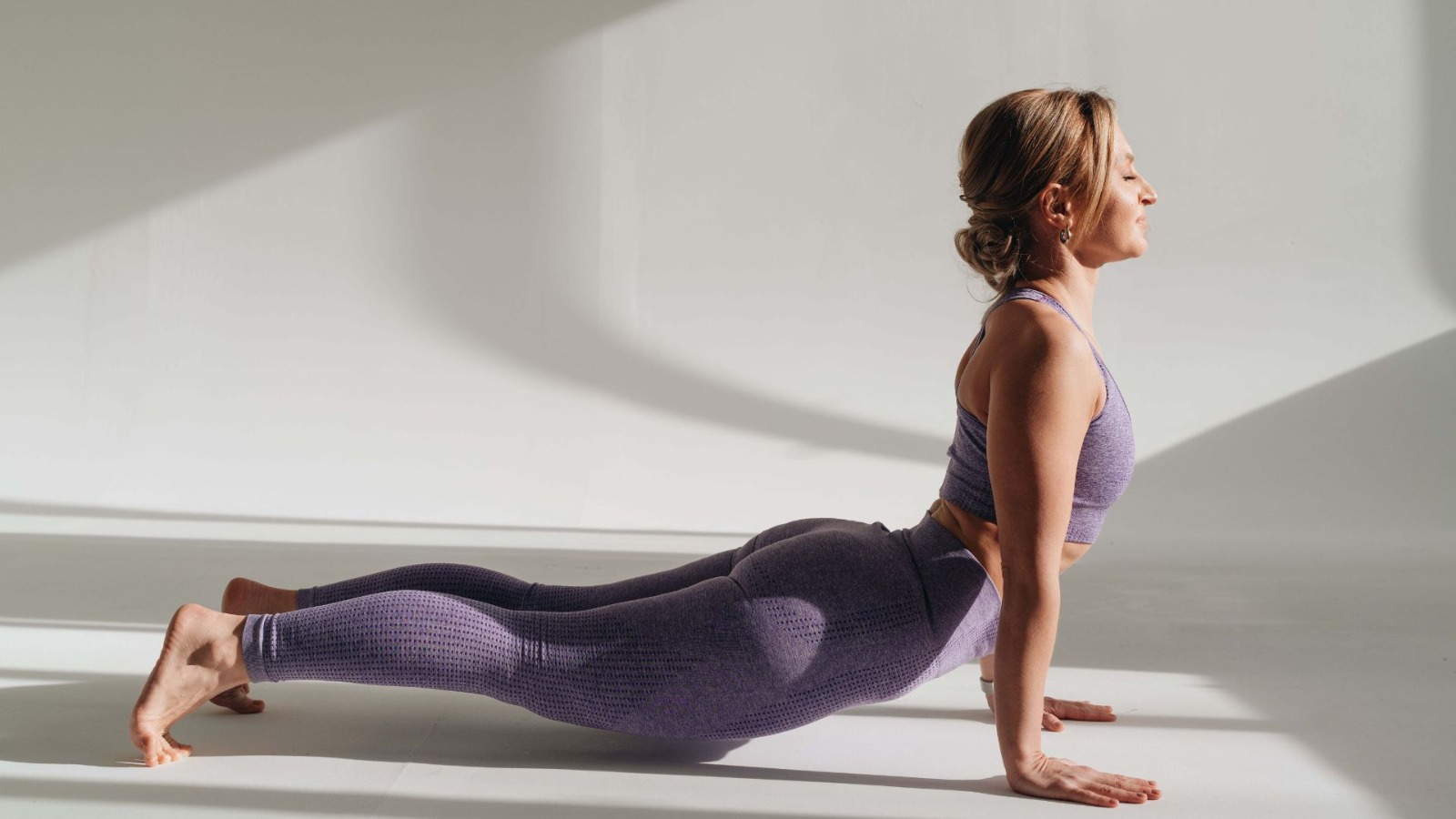Definition and origin of Baby Cobra Yoga
Baby Cobra, also known as Bhujangasana in Sanskrit, is a beginner-friendly yoga pose that mimics the posture of a Baby cobra yoga. Originating from ancient yoga practices in India, this pose is revered for its ability to strengthen the back, improve flexibility, and promote relaxation.
Benefits of Baby Cobra Yoga
Sure, I can help with that!
Physical benefits
1. Improved cardiovascular health: Regular relaxation techniques like deep breathing and meditation can help lower blood pressure and reduce the risk of heart disease.
2. Muscle relaxation: Practices such as progressive muscle relaxation or yoga can help alleviate tension in muscles, reducing pain and promoting better posture.
3. Better sleep: Relaxation techniques can calm the mind and body, making it easier to fall asleep and improving sleep quality.
Mental benefits
1. Stress reduction: Relaxation methods can lower stress hormones like cortisol, leading to decreased anxiety and improved overall mood.
2. Improved focus and concentration: Regular relaxation can enhance cognitive function, making it easier to concentrate, problem-solve, and stay productive.
3. Emotional balance: Relaxation practices promote mindfulness and self-awareness, helping individuals manage emotions more effectively and cultivate a sense of inner peace.
Relaxation benefits
1. Mind-body connection: Relaxation techniques encourage a deeper connection between the mind and body, promoting overall well-being and holistic health.
2. Increased self-awareness: By practicing relaxation regularly, individuals become more attuned to their physical and emotional needs, leading to better self-care habits.
3. Enhanced resilience: Regular relaxation can build resilience to stressors, helping individuals bounce back more easily from challenges and maintain a positive outlook on life.
Baby Cobra Yoga offers a plethora of benefits, including toning the spine, strengthening the shoulders and arms, and improving posture. Mentally, it aids in reducing stress, enhancing focus, and promoting a sense of well-being. Additionally, the pose encourages deep breathing, leading to a state of relaxation and calmness.
How to Perform Baby Cobra
Step-by-step guide with images and video links
To perform Baby Cobra:
1. Lie on your stomach with your palms beside your chest.
2. Inhale and gently lift your chest off the mat, keeping your elbows close to your body.
3. Press the tops of your feet into the mat for support.
4. Hold the pose for a few breaths, then exhale and release back to the mat.
For a detailed visual guide, refer to [this video link](insert link) for proper alignment and technique.
Precautions
### Safety tips and modifications for beginners
While practicing Baby Cobra, it’s crucial to listen to your body and avoid overexertion. Beginners can modify the pose by keeping their elbows bent or placing a cushion under the hips for support. Consult a yoga instructor for personalized guidance and to prevent injuries.
Variations
Explore variations of Baby Cobra, such as Sphinx Pose or Cobra Pose, to experience different levels of backbending and flexibility. Each variation offers unique benefits while catering to individual comfort levels.
Baby Cobra in Yoga Practice
Integrate Baby Cobra into your regular yoga practice to strengthen your back muscles, improve spinal flexibility, and cultivate mindfulness. Pair it with other poses like Downward Dog or Child’s Pose for a balanced practice.
Breathing Techniques
Focus on deep, controlled breathing during Baby Cobra to enhance oxygen flow, relieve tension, and deepen the stretch. Coordinate inhalation with upward movements and exhalation with relaxation phases for optimal benefits.
Posture Alignment
Ensure proper alignment by engaging your core muscles, lifting through the chest, and avoiding excessive strain on the lower back. A slight arch in the upper back allows for a gentle stretch without compromising spinal integrity.
Time and Frequency
Practice Baby Cobra Yoga 3-4 times per week, holding the pose for 20-30 seconds initially and gradually increasing duration as flexibility improves. Incorporate it into a complete yoga session or as a standalone stretch during breaks.
Importance of Warm-Up
Prioritize warming up with gentle stretches and movements to prepare muscles, joints, and the spine for Baby Cobra and other yoga postures. Incorporate Sun Salutations or dynamic stretches to enhance flexibility and prevent injury.
Enhancing Flexibility
Combine Baby Cobra with hamstring stretches, shoulder openers, and core strengthening exercises to enhance overall flexibility and balance. Consistent practice and mindful movement contribute to gradual improvements in range of motion.
Mindfulness in Practice
Engage in mindfulness techniques such as focusing on breath awareness or repeating affirmations during Baby Cobra. Cultivate a sense of gratitude for your body’s capabilities and stay present in the moment for a fulfilling practice.
Baby Cobra for Beginners
Beginners can start with modified versions of Baby Cobra, such as Cobra with forearms on the mat or gentle backbends against a wall. Gradually increase intensity and duration as comfort and strength improve, always honoring individual limits.
Yoga Equipment
Use yoga props like blocks, straps, or a bolster to modify Baby Cobra for comfort and proper alignment. Props aid in maintaining correct posture, easing strain, and deepening stretches for a rewarding practice.
Conclusion
Baby Cobra Yoga offers a holistic approach to wellness by combining physical exercise with mindfulness and breathwork. Incorporating this pose into your yoga routine can lead to improved flexibility, reduced stress, and a deeper mind-body connection. Embrace the benefits of Baby Cobra for a healthier, balanced lifestyle.
FAQs (Frequently Asked Questions)
1. Is Baby Cobra suitable for beginners?
Yes, Baby Cobra is beginner-friendly with modifications available for all levels.
2. How long should I hold the Baby Cobra pose?
Start with 20-30 seconds and gradually increase duration based on comfort and experience.
3. Can Baby Cobra help with back pain?
Regular practice can strengthen back muscles and improve posture, potentially alleviating minor back discomfort.
4. Are there any contraindications for Baby Cobra?
Consult a healthcare professional if you have spinal injuries, herniated discs, or specific medical conditions before practicing.
5. Can I practice Baby Cobra during pregnancy?
Pregnant individuals should seek guidance from a qualified instructor and modify poses as necessary for safety and comfort.
